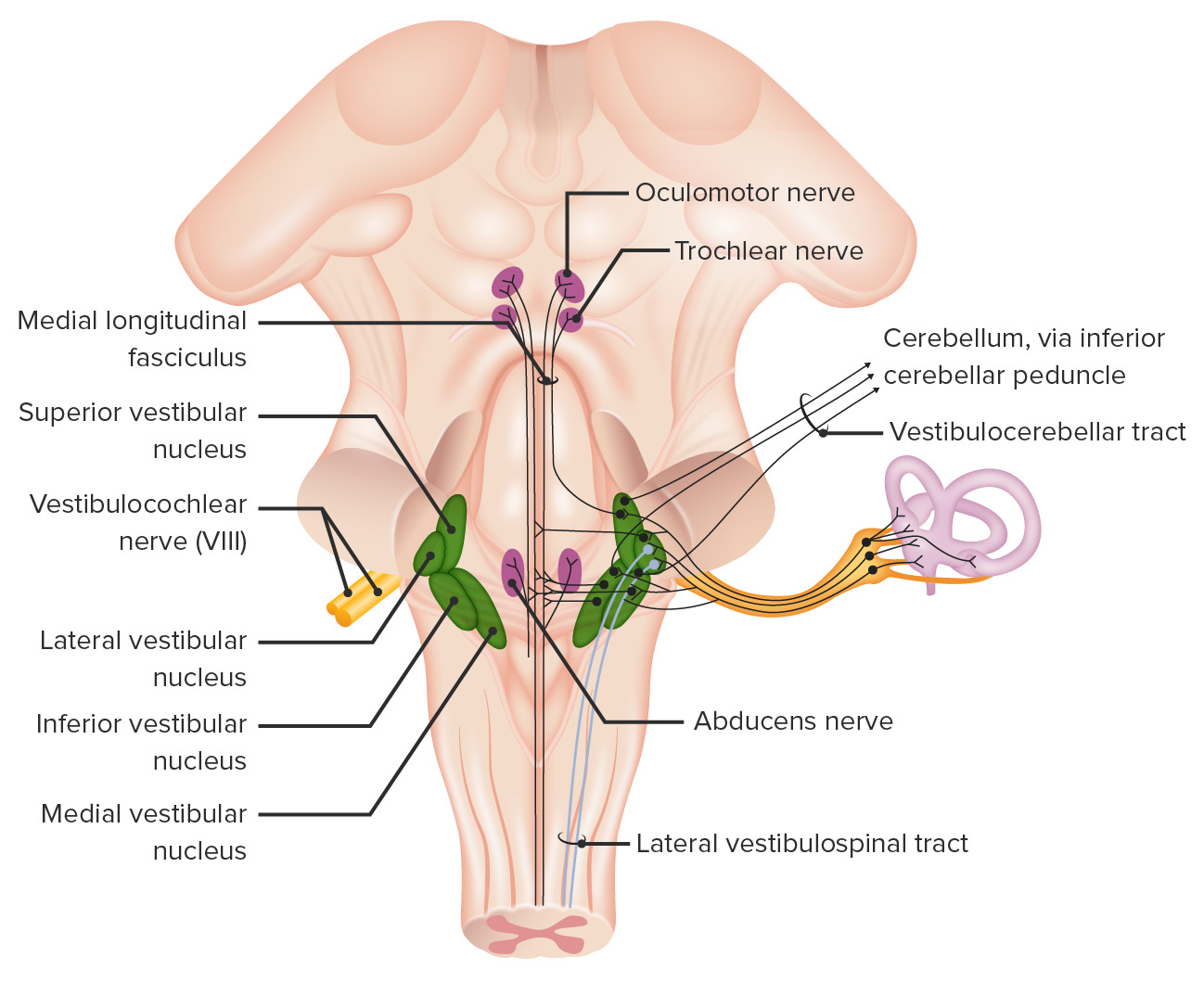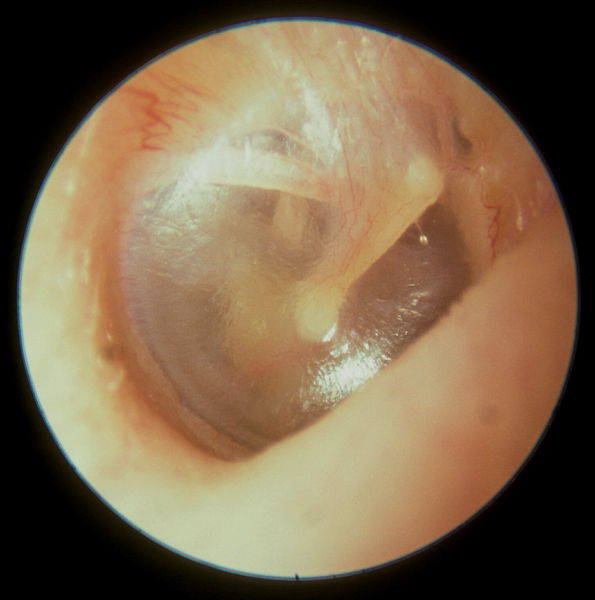Playlist
Show Playlist
Hide Playlist
Structure and Function of the Ear – Hearing (PSY,BIO)
-
Slides Hearing SensingtheEnvironment.pdf
-
Download Lecture Overview
00:00 So, do you hear the soft, melodious tones in my voice? Do you know that I’m sitting in front of you? Can you tell that I’m a male? Can you tell that I’m extremely happy right now? Well, these are all some features of sound that you’re detecting without even thinking. 00:16 So that’s why right now we’ve blocked out the screen, because I want you to just focus in on that voice. 00:21 Just appreciate how intricate and amazing that whole process is a and you don’t ever even think about it. 00:27 So, let’s walk through the ear and we’re going to look at the structure and function and how it works. 00:33 So we have three broad areas of the ear that we want to talk about. 00:38 The first is outer ear. 00:40 So this includes structures like the auricle, the pinna, the external auditory canal, the tympanic membrane, also known as the eardrum. 00:47 That’s all the stuff that you’ll see on the outside. 00:49 Quite clear, quite obvious. 00:51 The outer ear and some of the stuff that, you know, you might kind of see if you peek in. 00:56 It’s stuff that when you go to the doctor, they take a peek, that’s what they’re looking at. 00:59 They’re looking at the canal. 01:00 They’re looking at the eardrum or the tympanic membrane. 01:03 It’s also where you sometimes want to put a Q-tip but not too far. 01:06 Then we have the middle ear. 01:07 This includes the three small bones that we all hear about, the three smallest bones in the human body. 01:14 So the ossicles, the ossicles: the malleus, the incus, the stapes, so we’ve heard this being termed as the hammer, the anvil and the stirrup. 01:25 And they’re given those names based on their structure. 01:28 So you can’t really see great in this image, but you can easily look up an image and it’ll show you their actual shape. 01:34 Not a huge deal for the exam, but just you should be more familiar with the actual names. 01:38 Then you have the inner ear. 01:39 This is stuff that’s called that because it’s inside your head. 01:43 And we have structures like the cochlea which is the star really of the show and where a lot of the action happens. 01:48 Semicircular canals, utricle, and the saccule. 01:53 So really, really important to understand those three broad components. 01:58 Now, we’re going to work through some of the different components that are sort of -- of interests more around the middle and inner ear because the outer ear is, not that it’s not important, it’s just pretty straightforward. 02:08 So components of the inner ear are important for our sense of balance. 02:12 So we all know that it happens when you’re dizzy or something is awry and you get tipsy and a lot of that is controlled by the function of the inner ear. 02:23 So the round window, which is found in the cochlea, it allows fluid to move within that cochlea. 02:29 And then we have something called the Eustachian tube, which equalizes the pressure on both sides of the inner and middle ear. 02:35 It’s also where you get that ear-popping effect when your ears pop.
About the Lecture
The lecture Structure and Function of the Ear – Hearing (PSY,BIO) by Tarry Ahuja, PhD is from the course Sensing the Environment.
Included Quiz Questions
What is another structure located in the same anatomical region as the semicircular canals of the ear?
- Cochlea
- Tympanic membrane
- Stapes
- Hypoglossal nerve
- Incus
What structure is involved in the feeling of dizziness?
- Inner ear
- Middle ear
- Auricle
- Tympanic membrane
- Outer ear
Customer reviews
5,0 of 5 stars
| 5 Stars |
|
5 |
| 4 Stars |
|
0 |
| 3 Stars |
|
0 |
| 2 Stars |
|
0 |
| 1 Star |
|
0 |






